Apple has shed some light on which specific devices will support the Apple Music Spatial Audio with Dolby Atmos, and some older iPhone and iPad models aren't making the cut.
The company on Thursday updated a support document to say that the built-in speakers of the iPhone XR, iPad mini 5, iPad Air 3, and the sixth- to eighth-generation iPads won't support the 3D audio format.
"The built-in speakers on an iPhone XS or later (except iPhone SE), iPad Pro 12.9-inch (3rd generation or later), iPad Pro 11-inch, or iPad Air (4th generation)," the updated page reads.
Apple's recent changes make for a confusing situation, since the support document previously stated that the iPhone XR or later would support Dolby Atmos using built-in speakers. It said the same thing for the iPad mini 5 and the entry-level iPads.
Despite the lack of speaker support, users with devices that aren't compatible can still listen to Dolby Atmos Spatial Audio using headphones like AirPods, AirPods Pro, AirPods Max, and a number of Beats by Dre products.
The change to the Apple support document was first spotted by writer and editor Holger Eilhard.
Apple now mentions Android devices as supported for Dolby Atoms in Apple Music. At the same time: bad news for built-in speakers on older iPads and iPhones. See https://t.co/c3K4hfwGWE pic.twitter.com/FscffqpA3H
— Holger Eilhard (@holgr) July 22, 2021
Apple on Thursday also released an updated version of Apple Music for Android with Spatial Audio and lossless streaming. However, although Spatial Audio will work on "compatible" Android devices, it isn't currently clear which models those are.
 Mike Peterson
Mike Peterson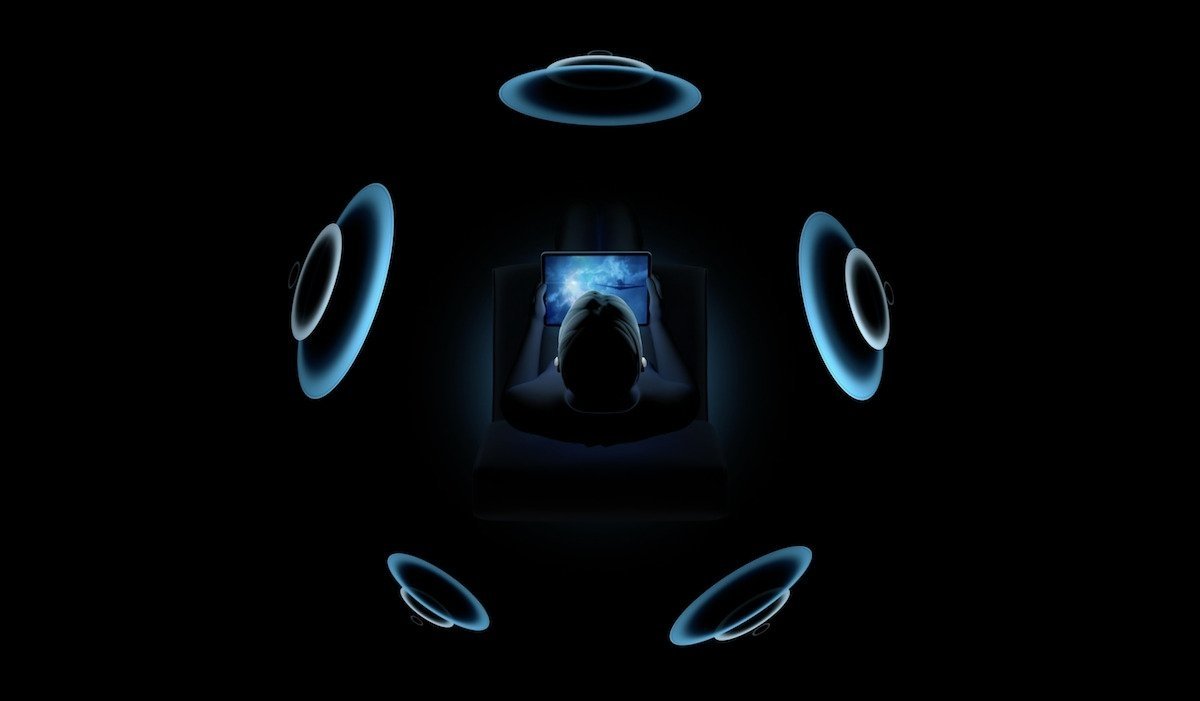








 Christine McKee
Christine McKee
 Chip Loder
Chip Loder
 Malcolm Owen
Malcolm Owen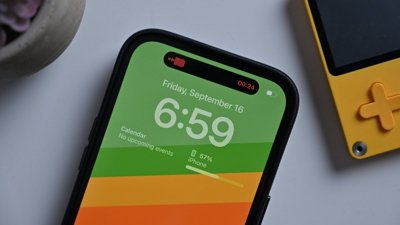
 Marko Zivkovic
Marko Zivkovic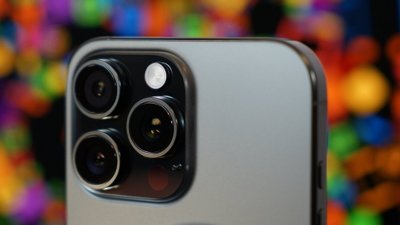
 Wesley Hilliard
Wesley Hilliard
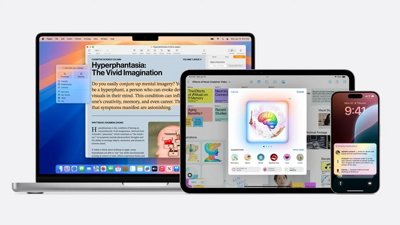


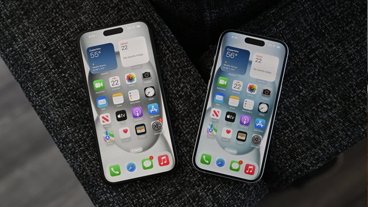


-m.jpg)




6 Comments
“
I believe there is confusion regarding Dolby Atmos versus spatial audio. They are two different things. Dolby Atmos is the way recordings are produced that allows for a surround sound. Spatial audio is an Apple-specific feature that interprets that recording in a way that simulates surround without surround speakers. Just because a speaker system supports Atmos doesn’t mean it’s spatial audio.